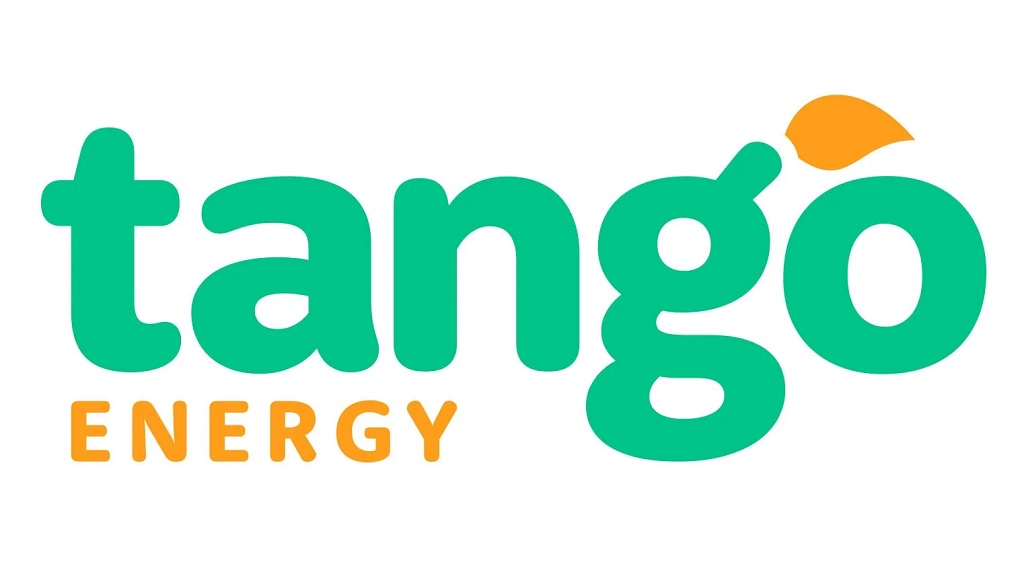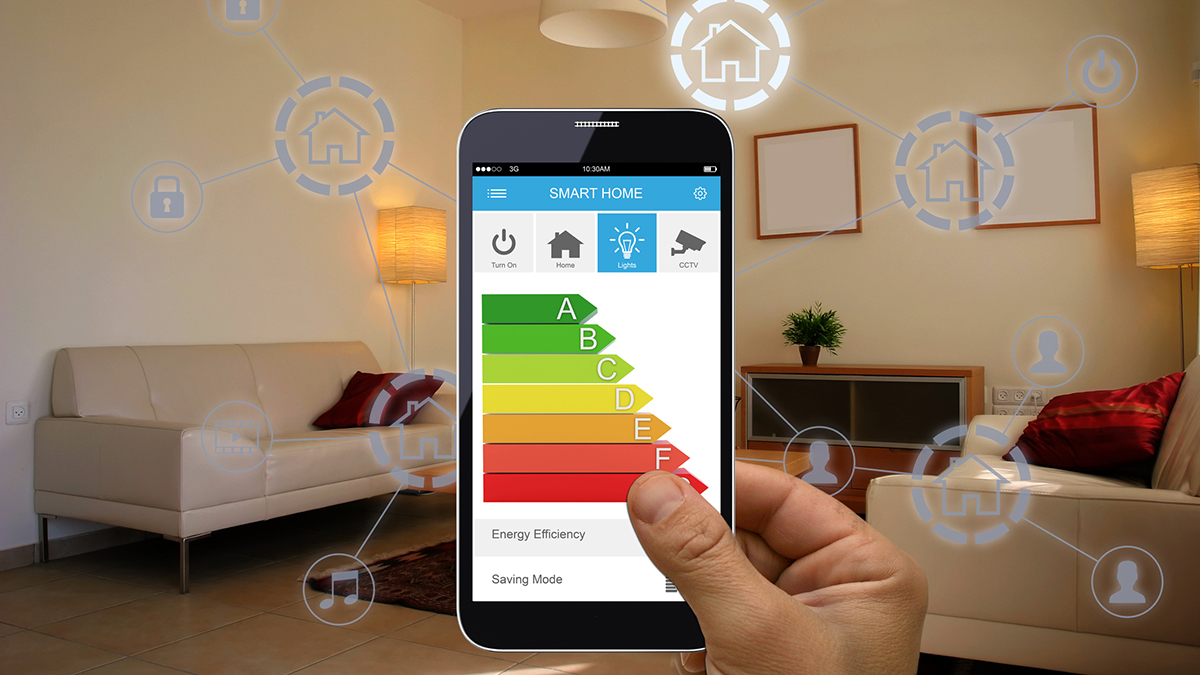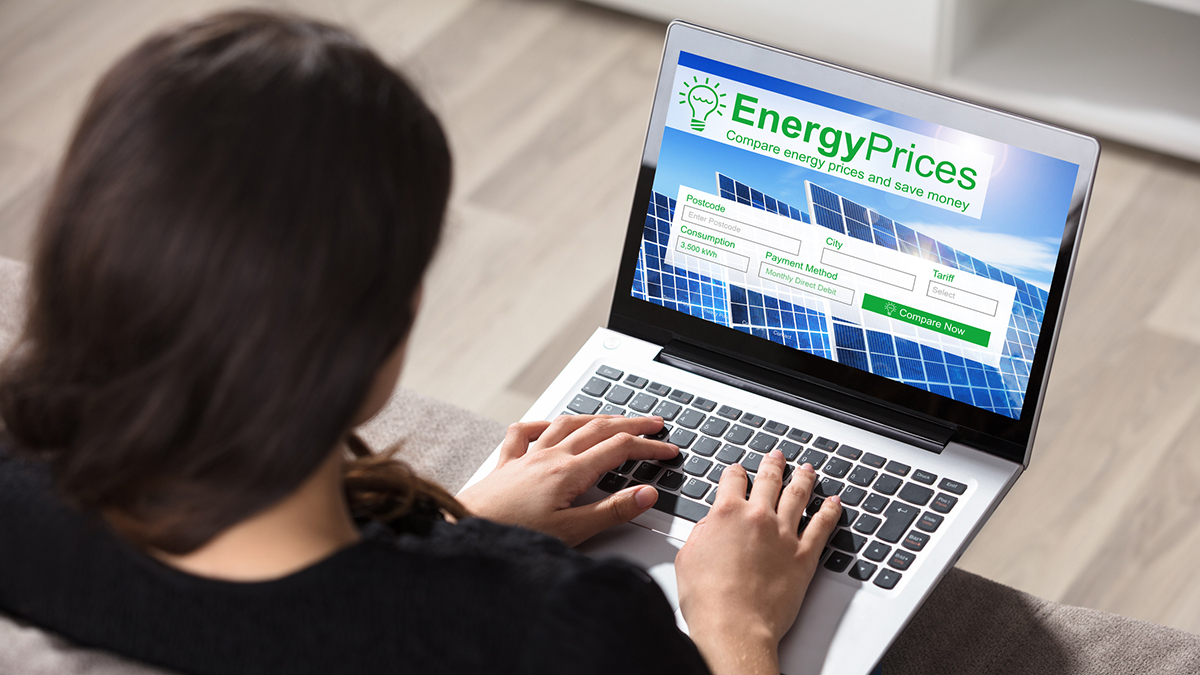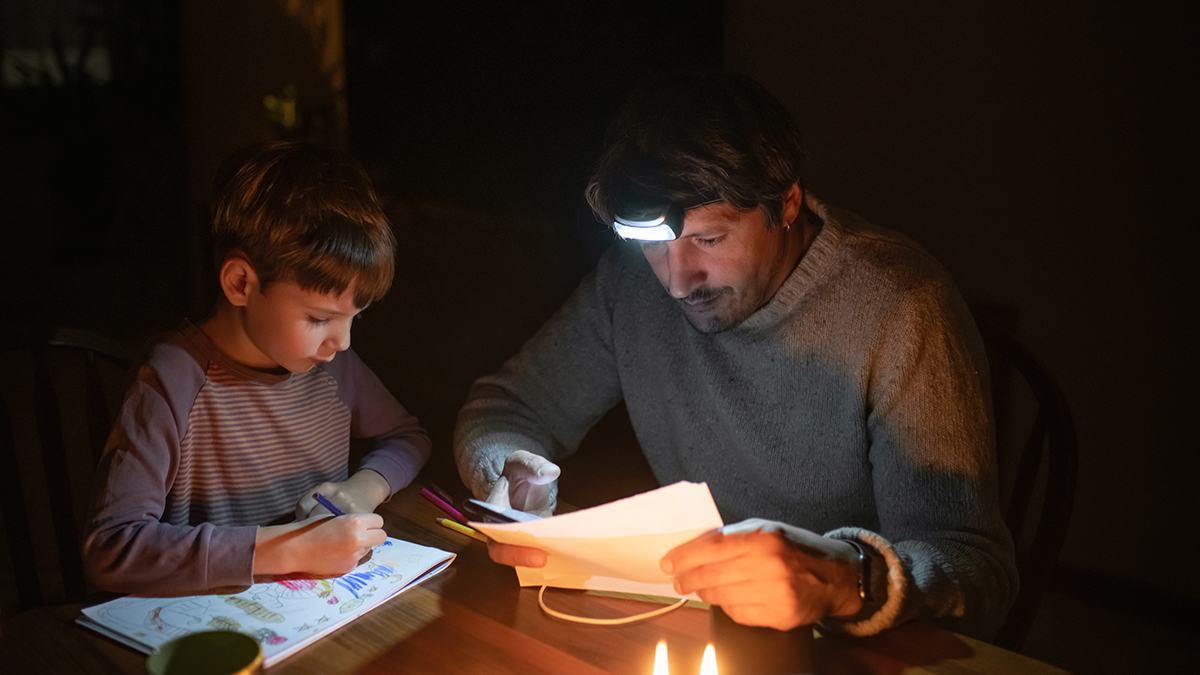Get our independent lab tests, expert reviews and honest advice.
Tango Energy review

Tango Energy sells electricity to over 95,000 households according to 2021-22 figures and gas to Victorian customers. It’s a private company owned by Pacific Hydro and owns wind farms and hydro plants in both Australia and South America.
On this page:
- Which states does Tango Energy supply?
- CHOICE Expert Rating on Tango Energy
- CHOICE verdict on Tango Energy
- Tango Energy's energy sources
Tango Energy was established in 2012 with headquarters in Melbourne, Victoria and a call centre in Geelong. It’s the retail arm of a company called Pacific Hydro, which also has operations in South America. Pacific Hydro is owned by State Power Investment Overseas of China. This makes it a foreign-owned, private entity.
Contact details for Tango Energy
1800 010 648
Which states does Tango Energy supply?
Tango Energy is available in New South Wales, Victoria, South Australia and some parts of Queensland. Victorian customers can also purchase gas.
CHOICE Expert Rating on Tango Energy
CHOICE Expert Rating 67% Green electricity score 49% Complaints score 98% Call response score 60%
CHOICE verdict on Tango Energy
Environmental
- Tango Energy has significantly improved its green electricity efforts. It scored 6.5 out of 10 stars in 2020–21, up from 2.5 stars in 2019–20.
- It owns extensive wind and hydro generation facilities which means its emissions intensity is close to zero.
- It also offers solar packages and it’s GreenPower accredited.
- However, its parent company is involved in coal mining and Tango has not taken an active stance on strong climate policy.
Customer service
- 231 (or 0.2%) of Energy customers lodged complaints against the company in 2020–21.
- 57% of calls made to Tango Energy are answered within 30 seconds.
- The average call wait time is 165 seconds according to AER customer service data.
- 10.4% of customer calls to Tango Energy are abandoned before being answered.
Tango Energy’s energy sources
Tango Energy is not transparent about it’s energy sources.Green Electricity score
This score is based on the company’s Green Electricity Guide star rating.
Complaints score
This score is based on the number of complaints measured as a proportion against the number of customers. The higher the percentage, the better. Data via the Australian Energy Regulator – updated annually.
Call response score
This score is based on how likely the retailer is to answer a call within 30 seconds. The higher the percentage, the better. Data via the Australian Energy Regulator – updated annually.
November 2020 – Five ways Australia’s energy technology will change in the next decade – Australia’s energy landscape is ever-changing, thanks to new and emerging technologies and resources. The popularity of solar panels and battery storage continues to grow each year, and here, Tango Energy forecasts the five main ways clean energy technology will develop over the next ten years.
October 2020 – Tango Energy offers 20c/kWh solar FiT in Victoria – with a catch – Pacific Hydro-owned retailer Tango Energy has made a new pitch for rooftop solar customers in Victoria, with the offer of a 20c/kWh feed-in tariff – the equal-highest in the state and almost twice the 10.2c/kWh minimum mandated rate.
April 2020 – Energy company slashing bills and offering COVID-19 relief assistance – The economic uncertainty caused by COVID-19 is leading millions of Australians to run through every household expense and see where they can cut costs.
February 2019 – Shopping around on power could save Victorian consumers $2000 a year – Some Victorians can still save more than $2000 by shopping around for electricity but new research shows the gap between the cheapest and most expensive retail offers is narrowing.





